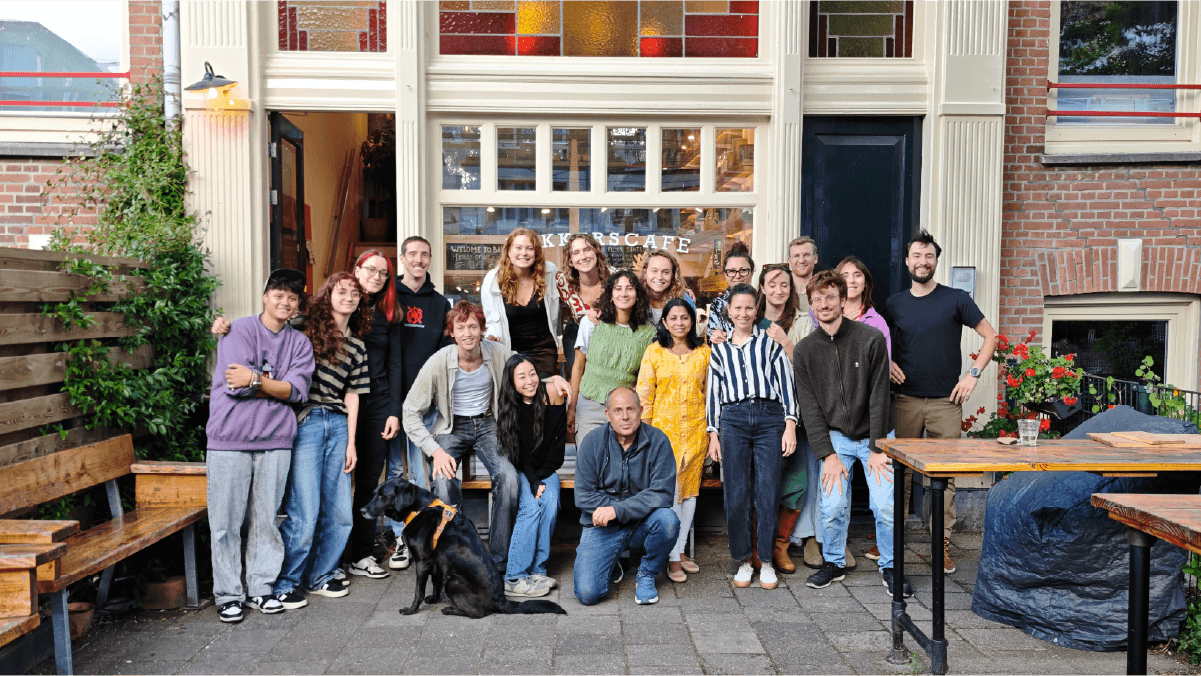When we talk about whole wheat, we mean flour that still contains the dietary fibres, proteins, and minerals naturally present in the grain. These nutrients are concentrated in the bran — the grain’s outer layer.
But what role does this layer play in nature, and why does it matter for us as bakers?
The bran has an essential function. Its structural components — such as cellulose, hemicellulose, and β-glucans — protect the seed and can hold and absorb large amounts of water. This swelling capacity helps regulate hydration, triggering enzymatic activity that releases sugars to fuel growth from the germ. In other words, these fibres not only shield the seed but, given enough rain, also help transform a dormant grain into a living organism capable of capturing sunlight, producing sugars, and sustaining new life.
When we mill and bake with whole grains, we retain these outer layers — and with them, their benefits. Wholegrain bread digests more slowly, keeping us satisfied for longer. It provides polyphenols (plant compounds with antioxidant properties), vitamin E, folate, magnesium, protein, and healthy fats — nutrients that are largely lost when bran and germ are removed to produce refined white flour. White bread, in essence, is made mostly from the starchy endosperm alone.
The health benefits of whole grain bread are significant. Unlike refined grains, whole grain bread is packed with more fibre, vitamins, and minerals. Research shows that swapping white bread for wholegrain can reduce the risk of heart disease, support a healthier gut microbiome, and even lower the risk of certain cancers.
There is, however, one catch. Many of the minerals in whole grains are bound by a natural compound called phytic acid, which limits absorption in the human body. This is where sourdough makes a crucial difference. During long, slow fermentation, natural enzymes called phytases break down phytic acid, releasing minerals like iron, zinc, and magnesium and making them more available for our bodies. As a result, wholegrain sourdough is not only easier to digest but also more nutritious than bread made quickly with commercial yeast.
Beyond nutrition, bread also carries cultural meaning. A century ago, in many places, if someone found a piece of bread lying in the street, they would pick it up, kiss it, and place it on a wall for the birds. Bread was more than just food. Today, however, bread is the most wasted food in Western societies.
At Baking Lab Amsterdam, part of the School for Circular Innovation, we often bake with whole wheat and work to reconnect people with the craft of breadmaking as a way to tackle food waste. As our baker and teacher, Ferdinand, explains: “In our society, we throw away food too easily because we value it less than we used to. With our workshops, we want to re-engage people with artisanal crafts, help them (re)discover their passion for baking, and explore the deeper meaning behind each step of the process.”
By baking with whole grains — and especially with sourdough — we not only nourish ourselves more fully but also rediscover bread’s deeper role: as food, as culture, and as a reminder to value our resources more wisely.
